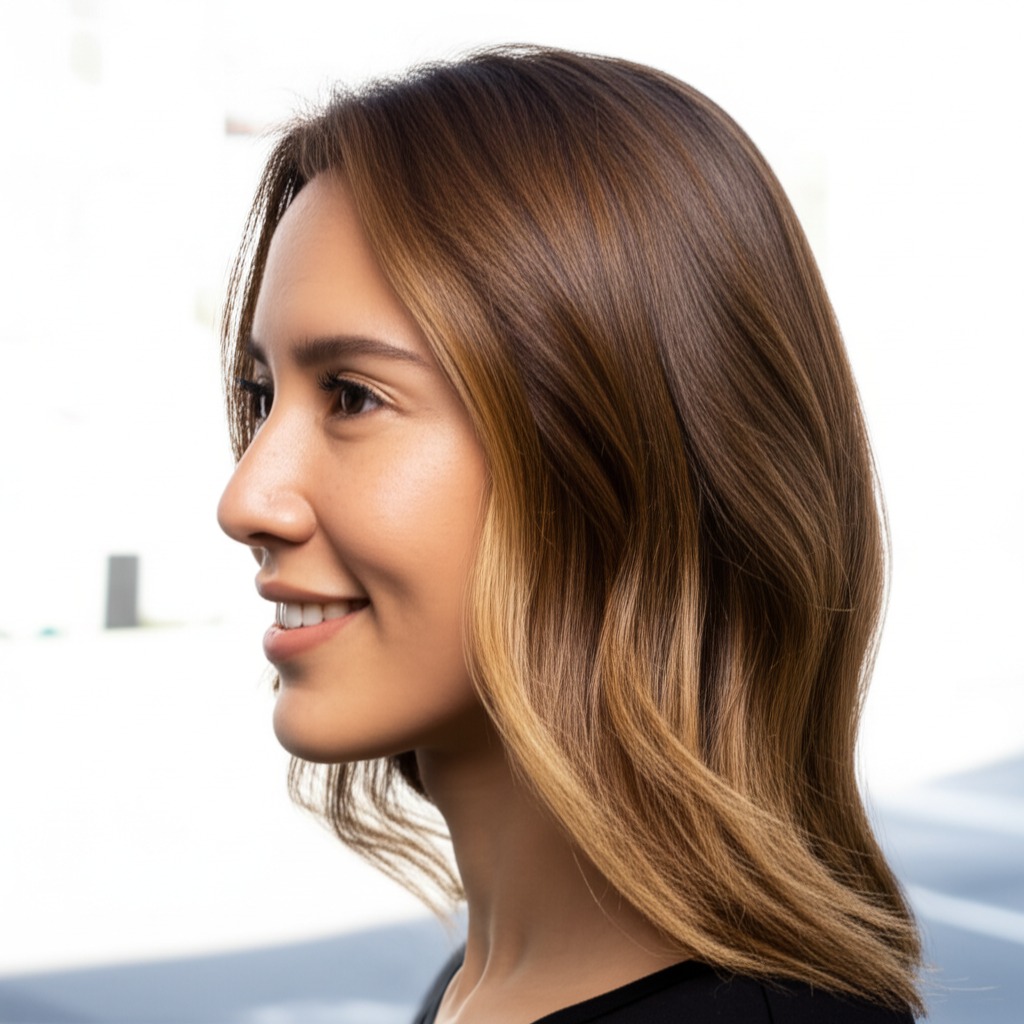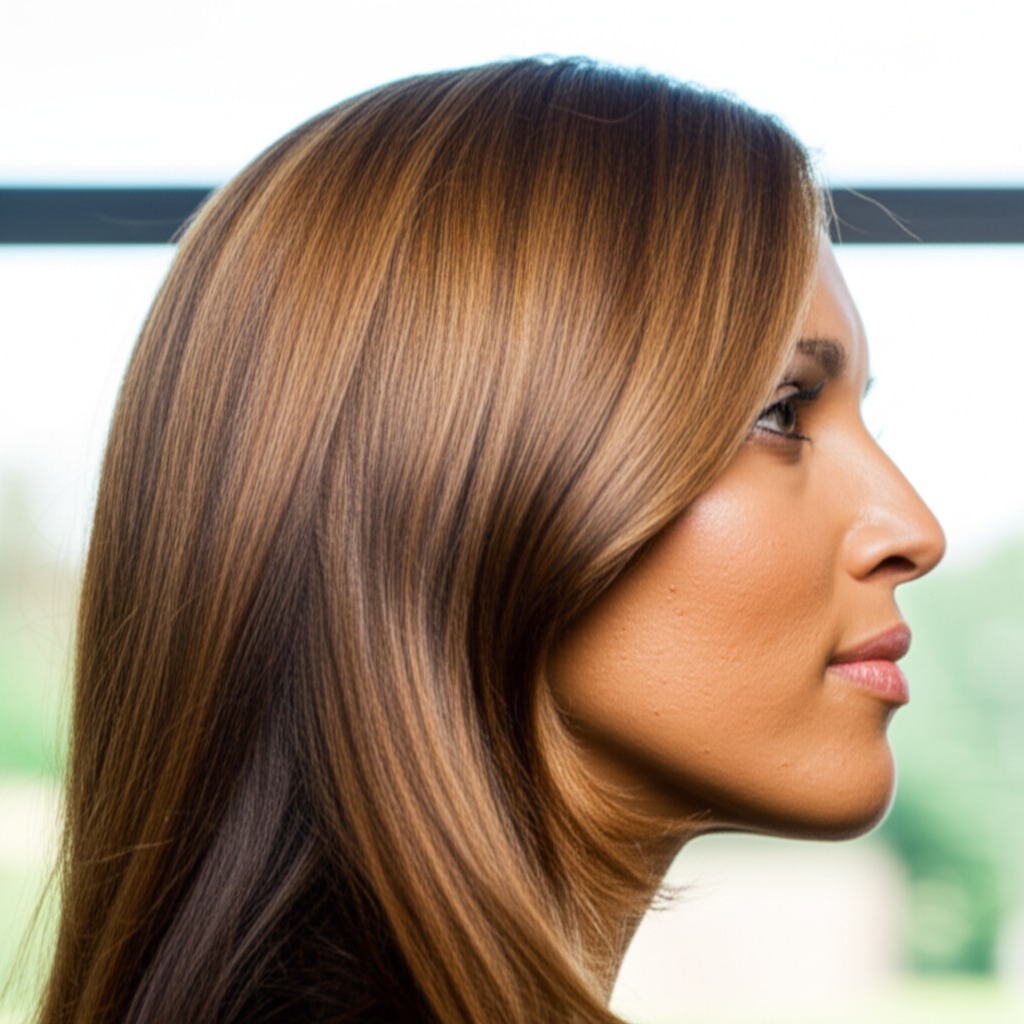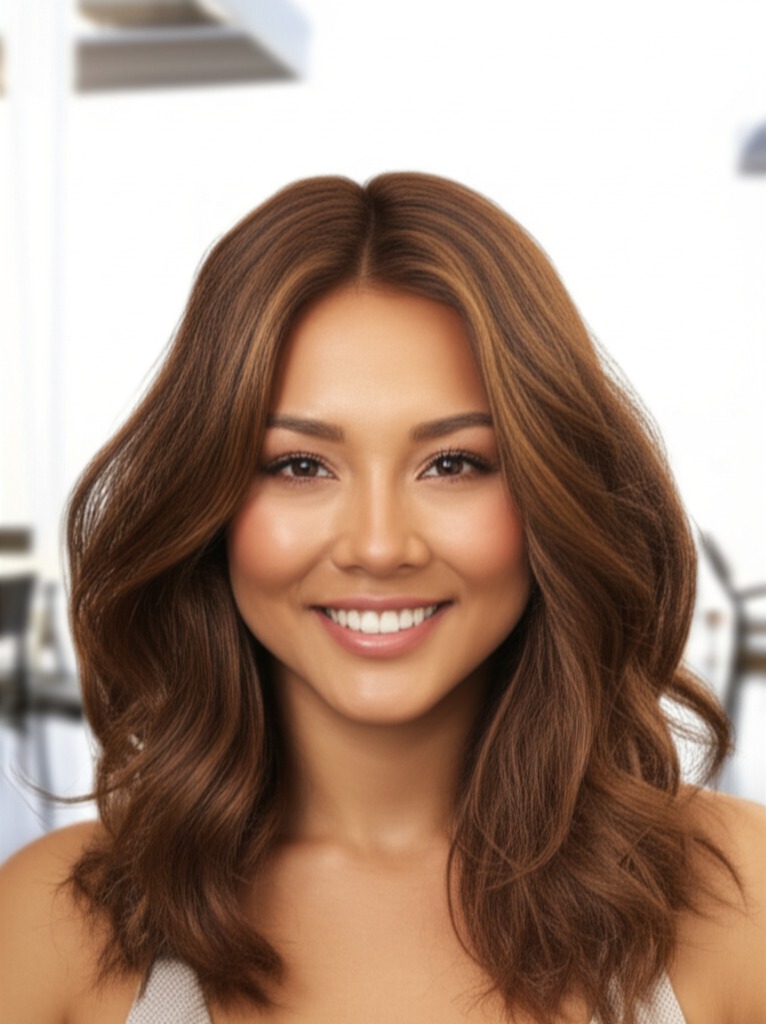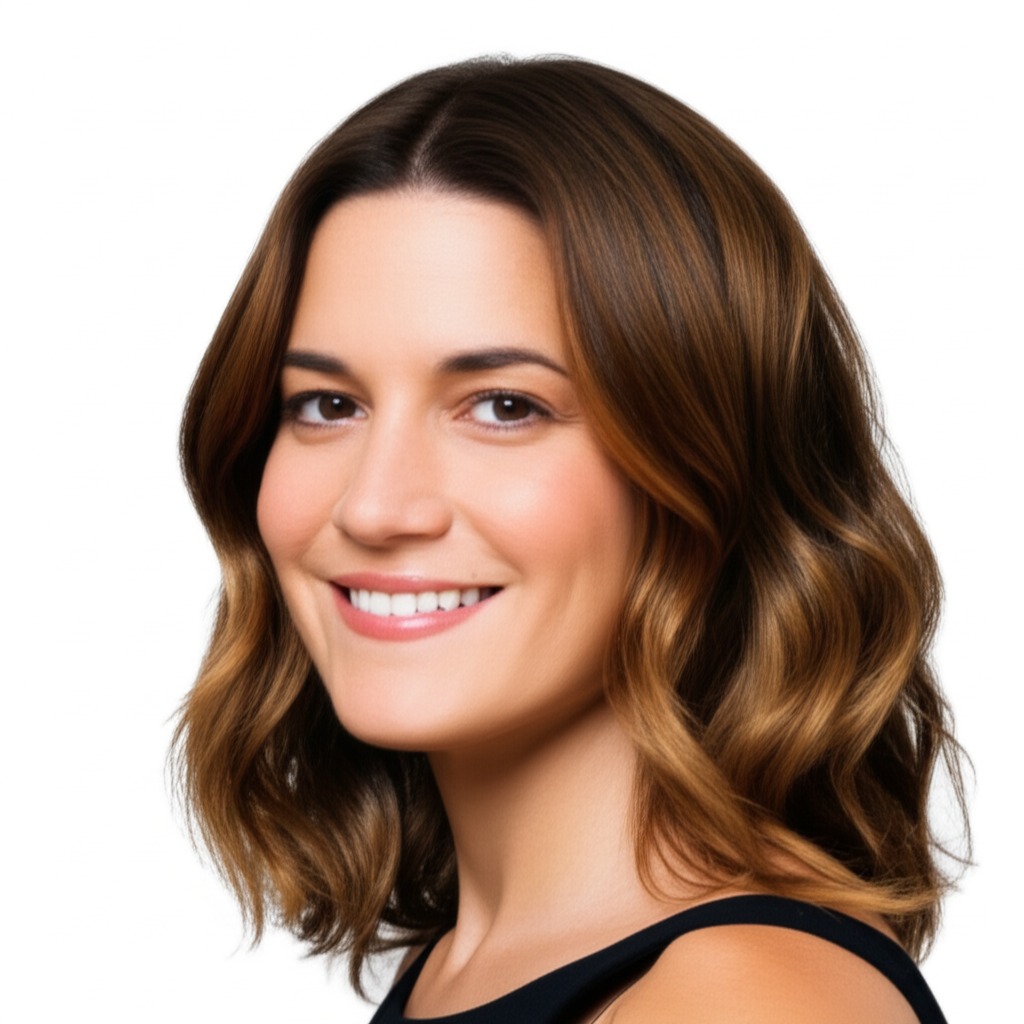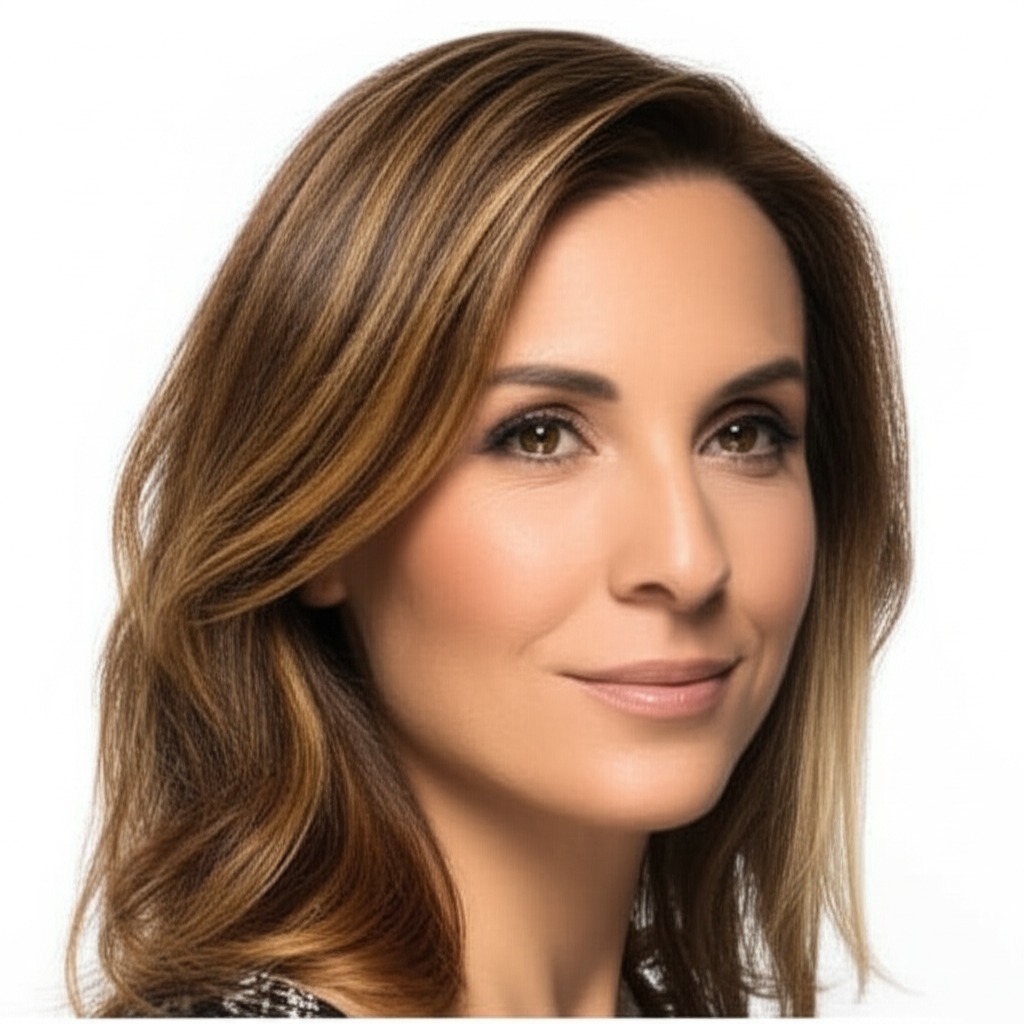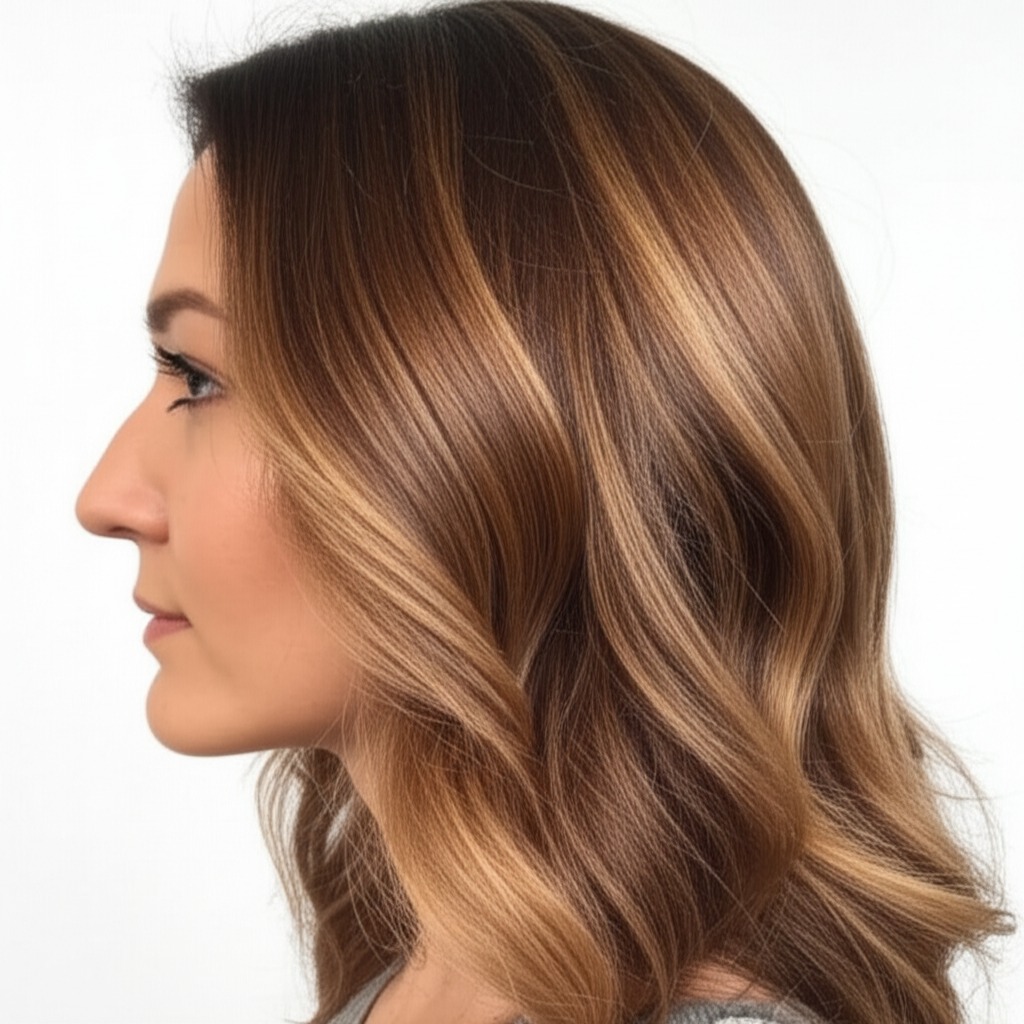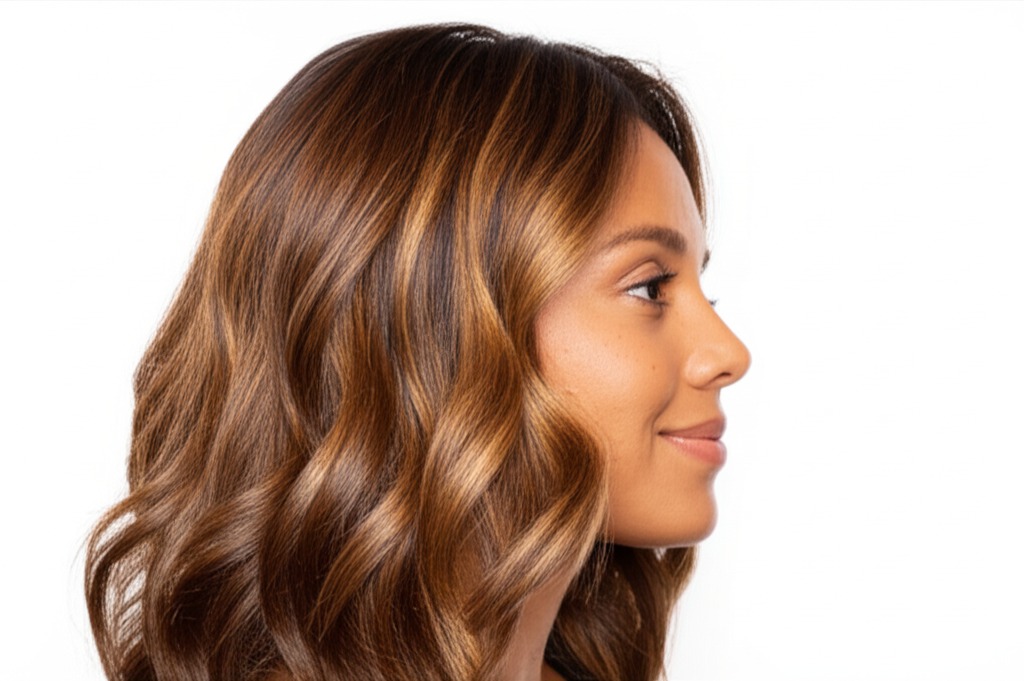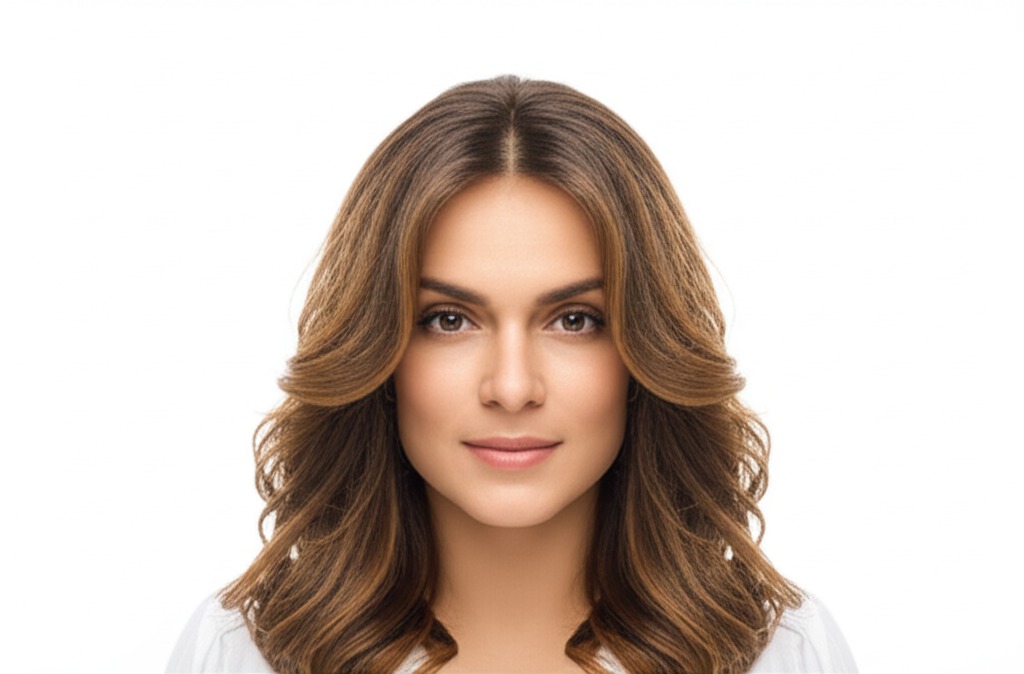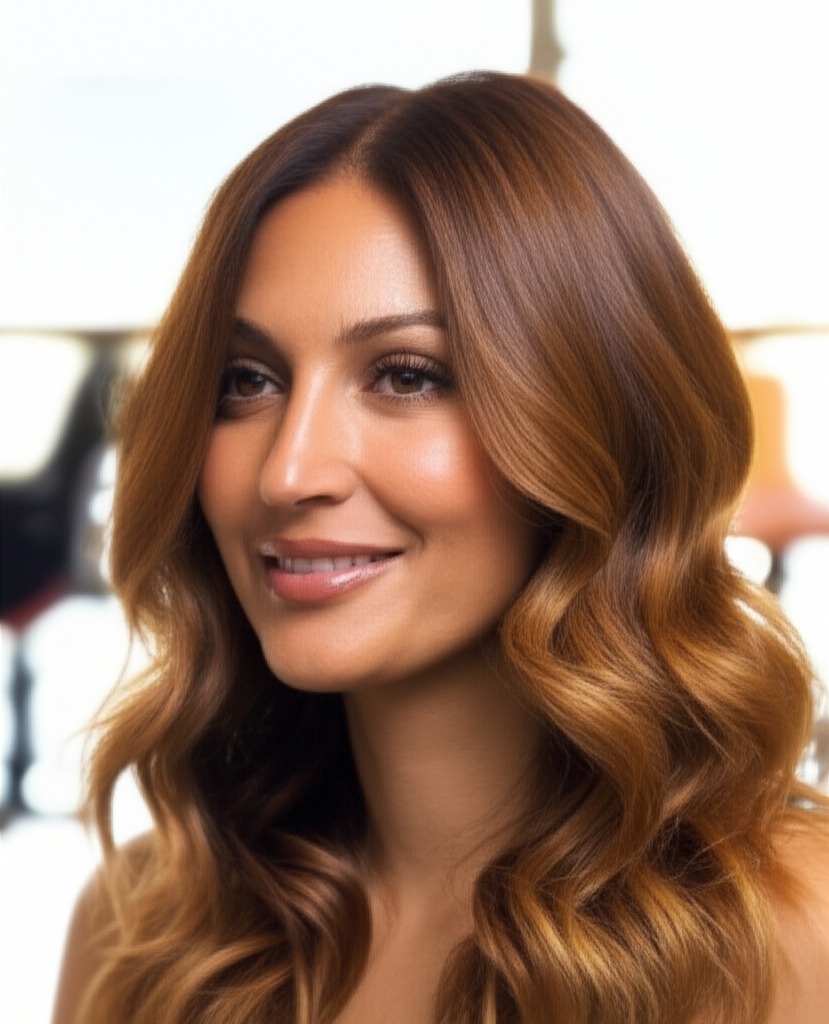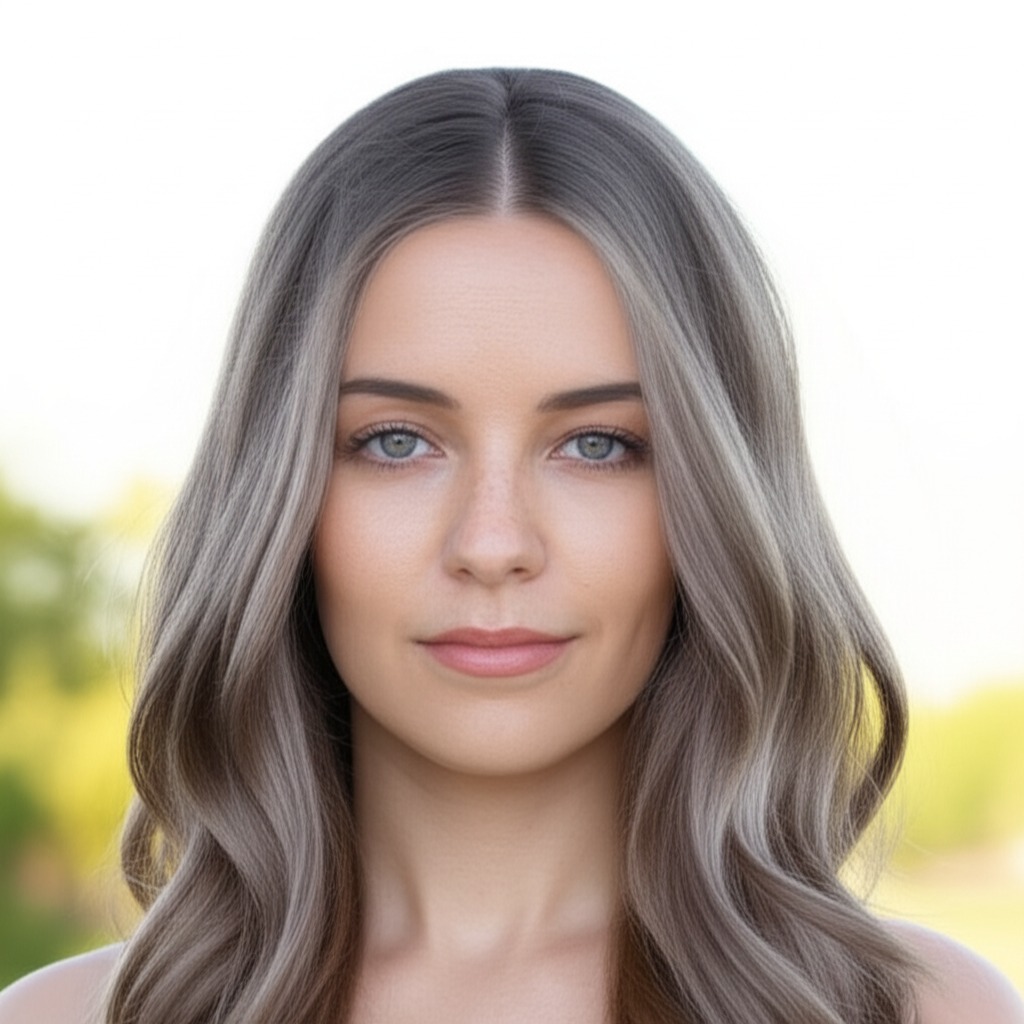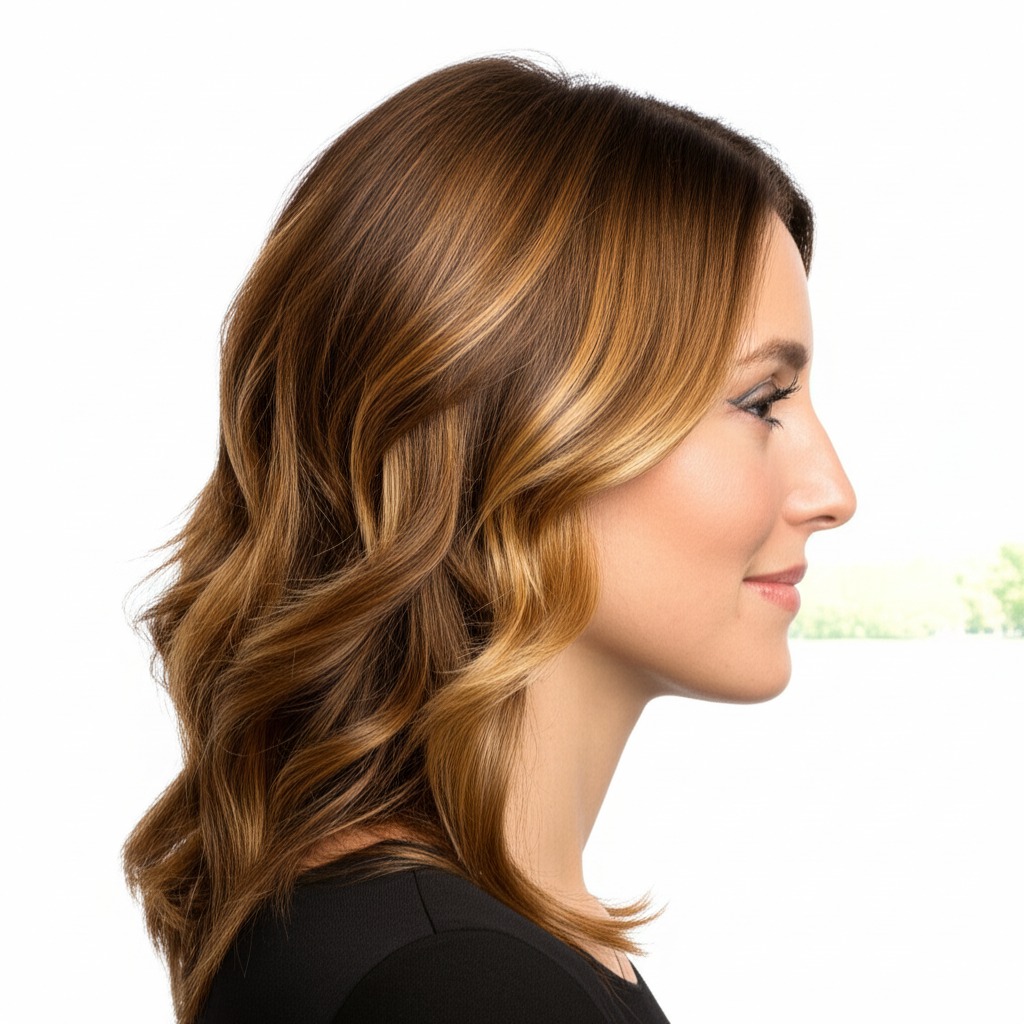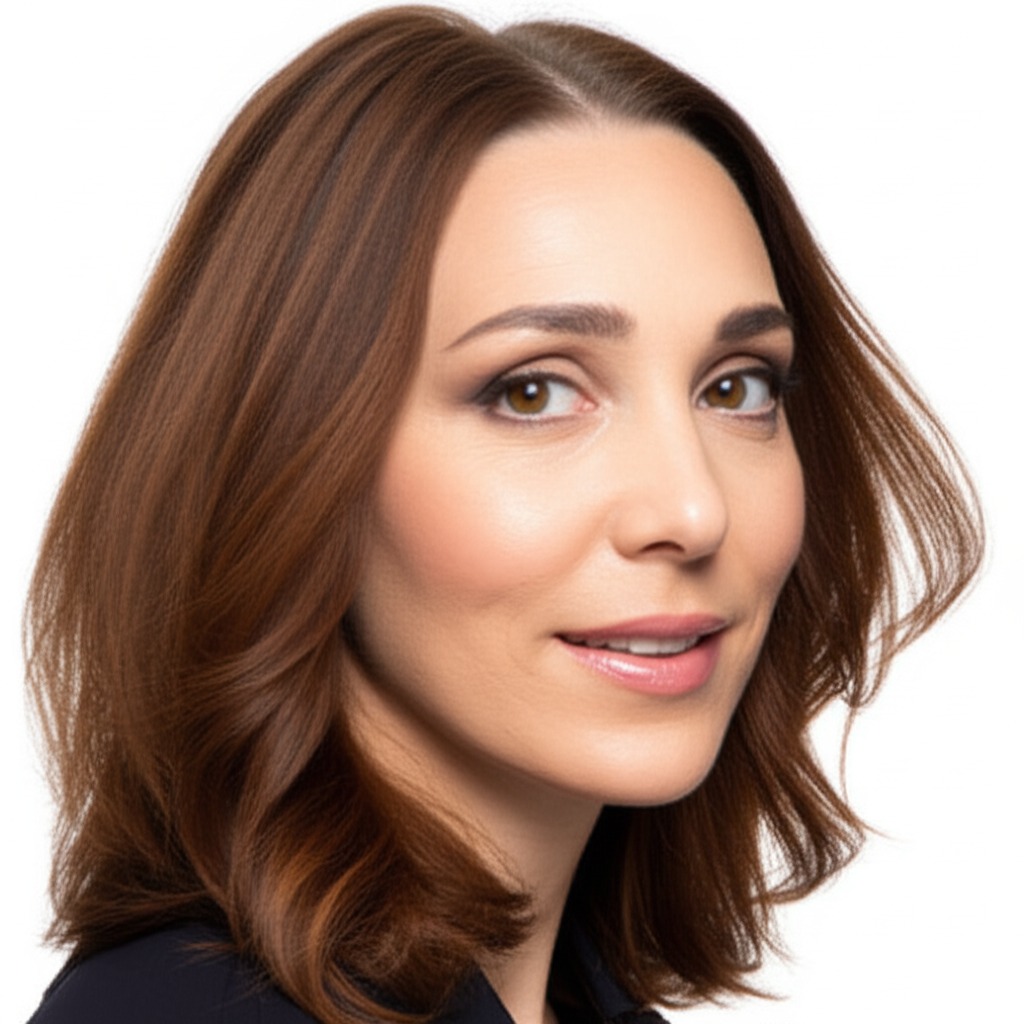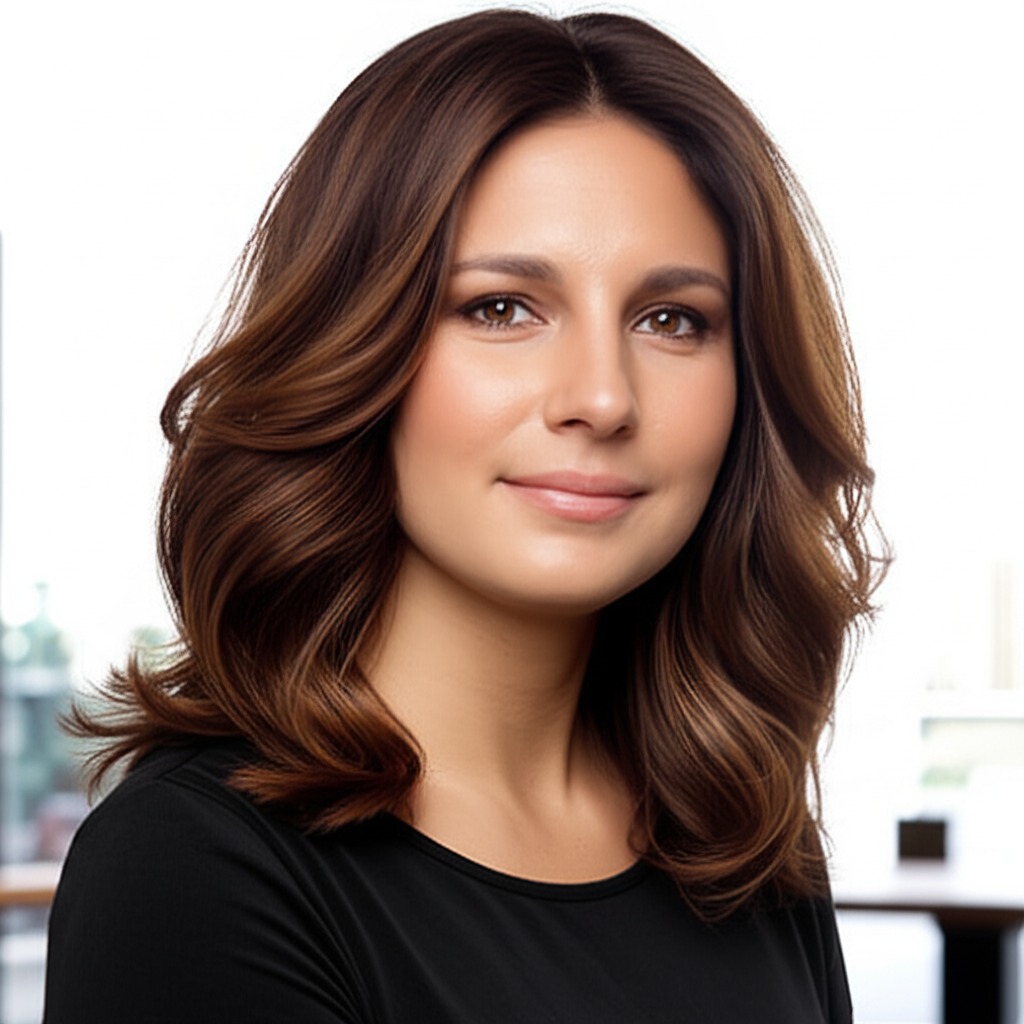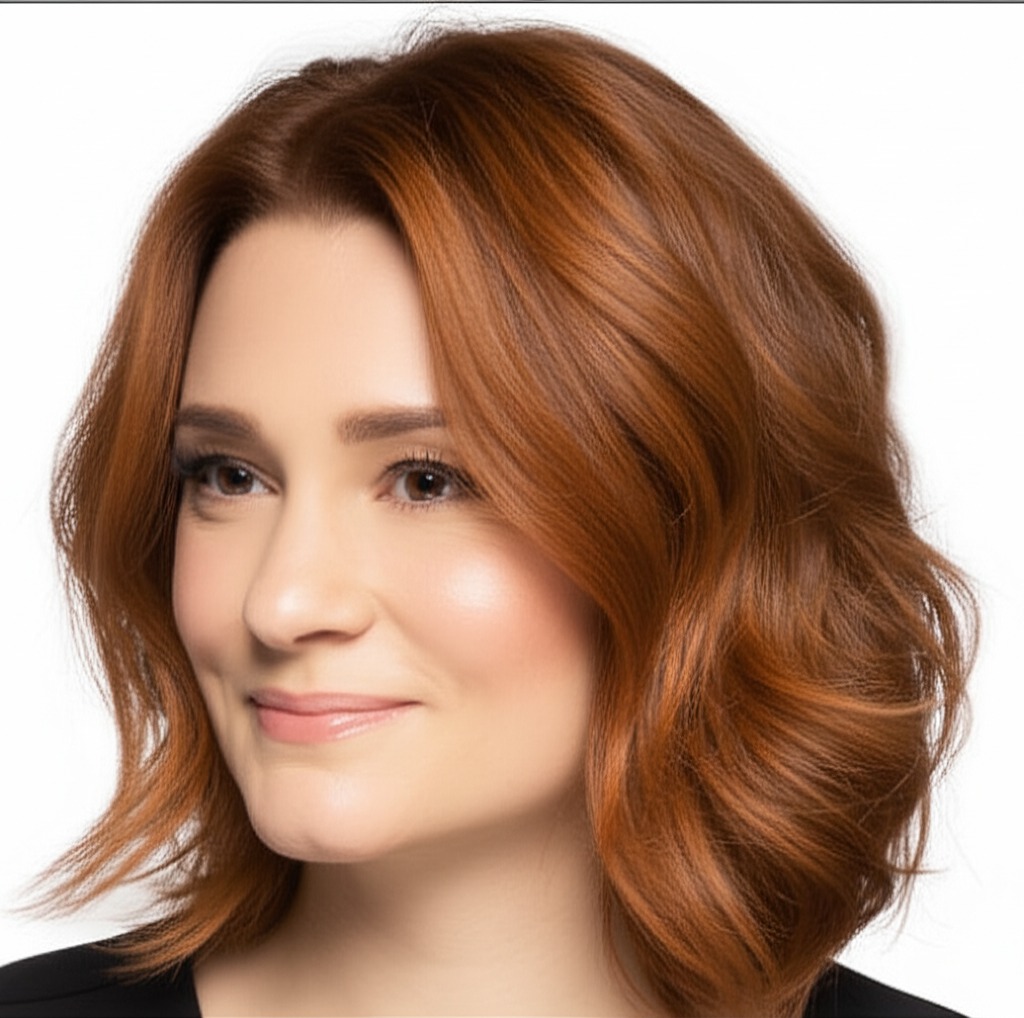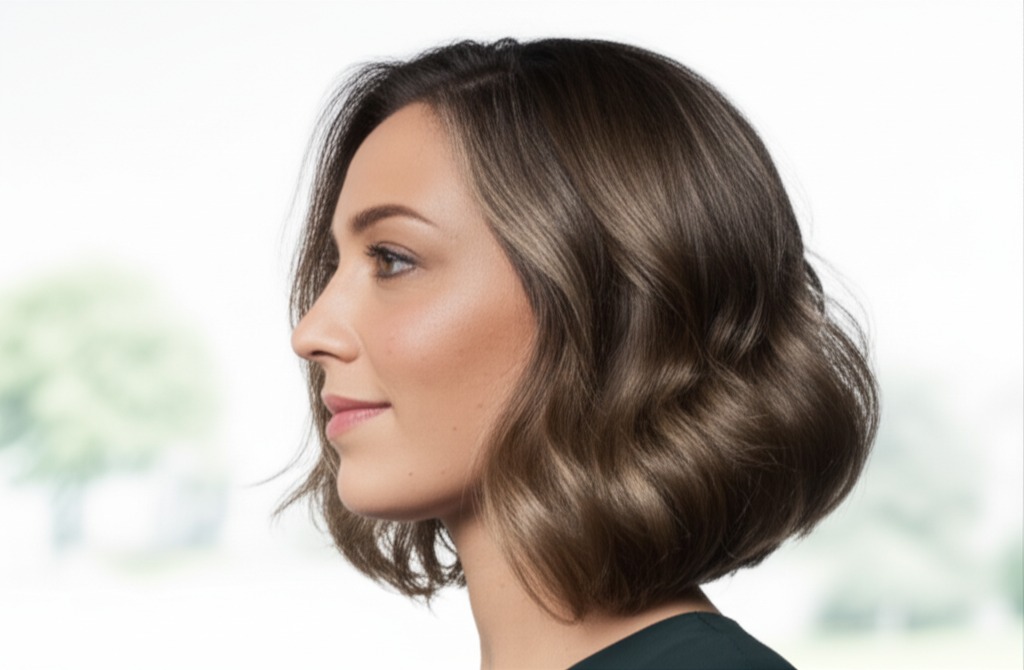#Warm Brown Hair Color: A Comprehensive Guide
Warm brown hair is a timeless classic – think rich chocolate, toasted caramel, or cozy chestnut. It’s universally flattering but achieving the right warm brown takes a little understanding. This guide breaks down everything you need to know about this beautiful color, from undertones and techniques to at-home care and salon visits.
#1. Understanding Warm Brown: Shade Definition
Warm browns are all about that golden glow! Here’s what to consider:
- Undertone: The key is warm. This means the brown has hints of red, orange, or yellow within it. Think sunshine rather than shadows.
- Cool Undertones (pink, blue, violet) will clash with warm browns.
- Neutral Undertones can often pull off warm browns beautifully – more on that later!
- Depth/Levels: Hair color is measured in levels, from 1 (blackest black) to 10 (lightest blonde). Warm brown typically sits between Levels 3-7. This range allows for a lot of variation:
- Level 3-4 (Dark Brown): Rich and intense, like dark chocolate. Best for those wanting depth and drama without going too light.
- Level 5-6 (Medium Brown): The most versatile – think classic chestnut or milk chocolate. Works well on many skin tones.
- Level 7 (Light Brown): Lighter and brighter, like caramel or toasted hazelnut. Requires more upkeep to prevent fading.
#2. Who Does Warm Brown Flatter?
Warm brown isn’t just a color; it's an enhancement! Here’s how to determine if it suits you:
- Skin Tone & Undertone:
- Best for: People with warm skin tones – think olive, golden, or honey-toned complexions. If your veins appear greenish in sunlight, you likely have a warmer undertone.
- Neutral Tones: Those with neutral undertones (veins appearing blue/green) can also rock warm brown, but choose shades carefully to avoid looking washed out. A slightly darker level is often best.
- Eye Colors: Warm browns amplify many eye colors:
- Brown Eyes: Creates a mesmerizing harmony and enhances their depth.
- Green Eyes: The warmth brings out the green's vibrancy.
- Hazel Eyes: Highlights the various shades within hazel eyes, making them appear even more captivating.
- Natural Hair Level Starting Point: The closer your natural color is to warm brown, the easier (and less damaging) the process will be.
- Darker Natural Color (Levels 1-3): Requires a significant lift and may need multiple sessions.
- Medium Natural Color (Levels 4-6): A more straightforward transition.
- Lighter Natural Color (Levels 7-9): Can achieve warm brown easily, but fading might be quicker.
#3. Technique Options: Finding Your Perfect Application
How you apply the color makes a big difference!
- Single Process: The simplest and most affordable option – covers all your hair with one shade. Best for those wanting a solid, even color change.
- Highlights/Lowlights: Adds dimension and depth. Warm highlights (caramel, honey) brighten the overall look. Lowlights (darker browns) add contrast and richness.
- Babylights: Very fine, subtle highlights that mimic naturally sun-kissed hair. Creates a soft, blended effect.
- Gloss/Toner: Used after coloring to refine the shade and add shine. A warm gloss will enhance the golden tones.
- Balayage-Effect vs Solid: Balayage involves hand-painted highlights that create a natural, gradual transition of color – less harsh lines than traditional foil highlighting. A solid application is uniform throughout.
#4. Maintenance & Longevity: Keeping That Warm Glow
Warm browns fade faster than cooler tones because golden pigments are more susceptible to washing away.
- Wash Frequency: Aim for 2-3 times a week with color-safe shampoo.
- Toner Refresh: Expect to tone your hair every 6-8 weeks, especially if you've gone lighter or have highlights. Toner helps maintain the warmth and prevent brassiness.
- Root Growth Pacing: Discuss root touch-ups with your stylist – how often depends on your natural color and desired look (high contrast vs blended).
- Budget/Time Planning: A single process can be relatively inexpensive, while balayage or highlights require more time and investment. Factor in the cost of salon visits and at-home products.
#5. Seasonality & Pairing with Cuts: Style for Every Occasion
Warm brown is adaptable to any season!
- Pairing with Cuts:
- Bob/Lob: A sleek bob or lob looks stunning with a rich, medium warm brown – instantly chic and polished.
- Long Layers: Warm highlights woven through long layers create movement and dimension.
- Pixie Cut: A darker warm brown can add depth and sophistication to a pixie cut.
- Seasonal Tweaks:
- Fall/Winter: Deeper, richer browns evoke cozy vibes.
- Spring/Summer: Lighter, brighter caramel tones capture the warmth of sunshine.
- Event/Occasion Picks:
- Work: A classic medium brown is professional and versatile.
- Daytime: A balayage-effect with lighter pieces adds a playful touch.
- Evening: Richer, glossier browns create drama and shine.
- Weddings: Soft babylights or caramel highlights enhance natural beauty without being overpowering.
#6. At-Home Care: Protecting Your Investment
Proper care is crucial for color longevity!
- Sulfate-Free Shampoo: Sulfates strip away moisture and fade color quickly. Opt for sulfate-free formulas specifically designed for colored hair.
- Clarifying Cadence: Use a clarifying shampoo occasionally (once a month or less) to remove product buildup, but be mindful of potential fading.
- Heat Protection: Always use heat protectant spray before using styling tools like blow dryers, straighteners, and curling irons.
- Color-Safe Styling Tips: Avoid harsh chemicals in styling products. Rinse hair with cool water – it helps seal the cuticle and lock in color.
- Product Checklist: Color-safe shampoo & conditioner, heat protectant spray, leave-in conditioner (especially for dry or damaged hair), gloss/toner (for maintenance).
#7. Common Pitfalls: Avoiding Color Mishaps
Let's troubleshoot!
- Brassiness: Warm browns can sometimes turn brassy due to mineral buildup in water or fading of the underlying pigments. Use a purple shampoo occasionally if needed.
- Banding: Uneven color application, often caused by improper technique or product build-up. A skilled stylist is key.
- Patchiness: Occurs when highlights are unevenly applied. Proper foil placement and toning can prevent this.
#8. Pros & Cons: Weighing the Options
Pros:
- Versatile & Flattering: Suits a wide range of skin tones and eye colors.
- Timeless Appeal: A classic color that never goes out of style.
- Softening Effect: Warm browns can soften harsh features and add warmth to cool complexions.
Cons:
- Maintenance Burden: Requires more frequent salon visits for toning and root touch-ups than some other colors.
- Fade Risk: Warm pigments fade faster, requiring extra care.
- Can Look Artificial (if done poorly): A skilled stylist is essential to achieve a natural-looking result.
#9. Salon Consultation Script: Setting Expectations
Before you book your appointment, use these prompts to ensure you and your stylist are on the same page:
- "I'm interested in warm brown hair color. Can we discuss my skin tone and undertone to find the perfect shade?"
- "What level of brown would be most flattering for me based on my natural color?"
- “Can you explain the different techniques (single process, balayage) and which one would best achieve the look I’m after?”
- "How often will I need to come in for maintenance appointments?"
- "What at-home care products do you recommend to protect my color?"
- "Could you show me examples of warm brown shades that you think would work well with my features?"
#10. FAQs: Your Burning Questions Answered
- Can I achieve warm brown hair if I have dark brown/black hair? Yes, but it will require a significant lift and multiple sessions to avoid damage.
- Will warm brown make me look older? Not necessarily! A well-executed warm brown can actually soften features and add warmth, making you appear more youthful.
- How long does warm brown hair color last? The longevity depends on the technique used, your hair's porosity, and how well you care for it – expect at least a few weeks before noticeable fading.
- Can I tone my hair myself between salon visits? Yes! There are many over-the-counter toners available, but proceed with caution and follow instructions carefully. A strand test is always recommended.
- What’s the difference between warm brown and golden brown? Golden brown is a lighter, brighter shade of warm brown with more pronounced golden tones.
- I have gray hair – can I still get warm brown color? Absolutely! Your stylist will need to use a blending technique or pre-color treatment to ensure even coverage and prevent the gray from peeking through too quickly.
This guide provides a comprehensive overview of warm brown hair color. Remember, consulting with a professional hairstylist is always recommended for personalized advice and optimal results.
